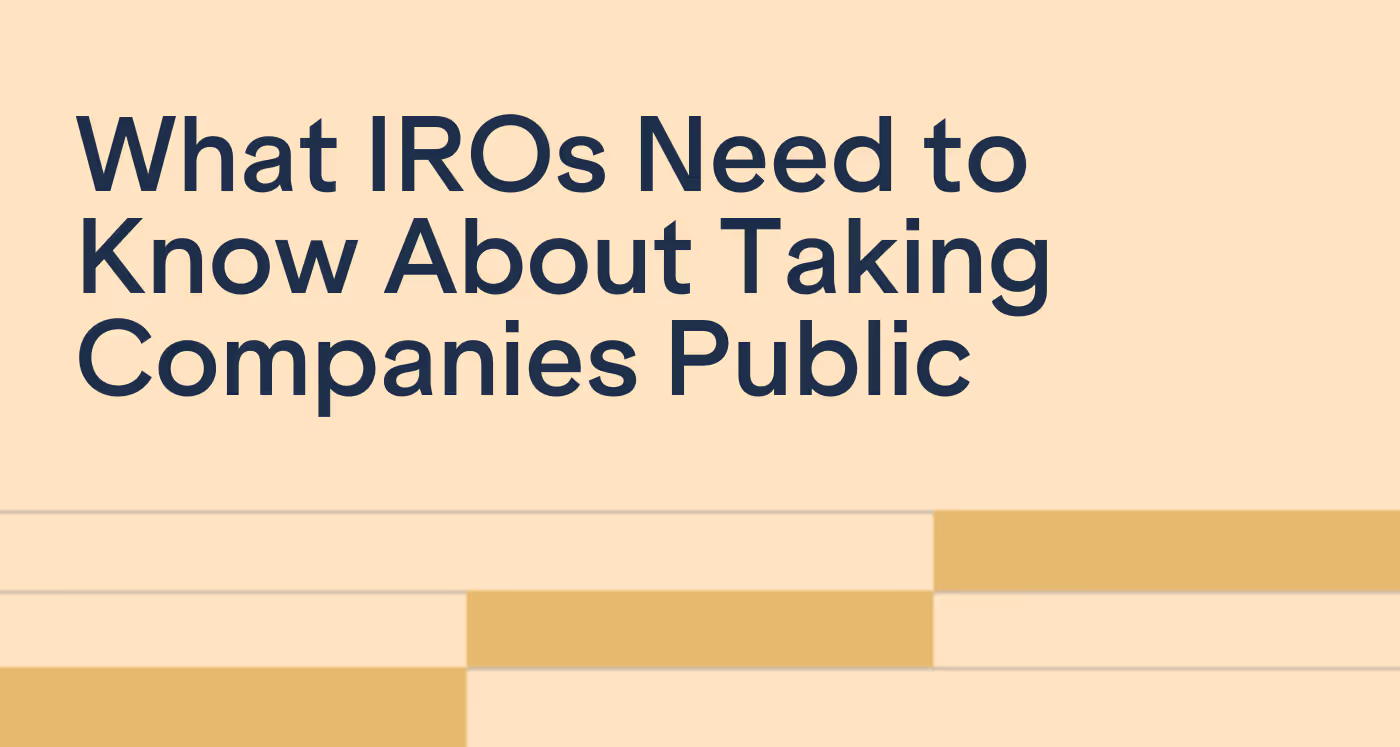
How to Build Effective Investor Targeting and Outreach Strategies for Small-Mid-Cap Companies
Learn how seasoned IR veterans are executing targeting strategies for small-mid-cap companies.

Producing reports for the board is often a key responsibility for investor relations professionals, and is an excellent way to demonstrate the impact of the IR office. This article will walk you through what a board report entails, why these updates are important to the board and provide recommendations as to what your board reports should include.
Learn more about Irwin’s Advanced Board Report Services
Board reports provide upper management and the board of directors with a comprehensive review of key information relevant to the stock’s performance, the company’s shareholder base, and major IR activities/events during a specific period (typically quarterly). These reports supplement a company’s financial documents (ie. 10-Q/K’s, MD&A’s etc.) to enhance the board’s understanding of how the business’ fundamental performance translates into share price activity and changes in the investor base.
While there is no one-size-fits-all template for board reports, given differences in a company’s size, stage, and shareholder base complexity, a few key sections are typically pertinent to include consistently. An overview of example information to have in these sections is below:
Stock Price Performance is a reflection of your share price over time. Looking at how your share price and volumes have trended historically can yield helpful information for your board, and is often a great place to start when preparing the report.
Shareholder and ownership analyses can help your board better understand the composition of your shareholder base and how it has evolved over time.
Having a section on relative positioning and valuation vs. your peer group can provide a helpful frame of reference for board members to assess overall company performance and make suggestions.
For companies that have sell-side analyst coverage, including a section summarizing key estimates and takeaways from recent published research can be helpful in better understanding how the “Street” views your company.
All Irwin users have access to some board reporting capabilities as part of their subscription.
Typically, board reports are delivered in slide deck format, allowing you to visually present and speak to key performance indicators and insights at your board meeting. All the information necessary for compiling your board report should be easily accessible within your investor relations software CRM.
Irwin also offers customizable and comprehensive board reporting services which can save you valuable time by providing highly relevant insight into your shareholder base, relative positioning vs. peers, and consensus views.
Learn more about Irwin’s Professional Services
Providing reports to your board is important in any investor relations program. By providing relevant insights into your stock’s performance and perception in the market, your board can help identify strategic decisions to improve performance in the short and long term.
Try Irwin's Professional Services

Learn how seasoned IR veterans are executing targeting strategies for small-mid-cap companies.

Elizabeth Librizzi breaks down the secrets of buy-side corporate access to help investor relations professionals utilize buy-side firms.

What IROs Need to Know About Taking Companies Public: Insights from award winning investor relations thought leader Catherine Buan.